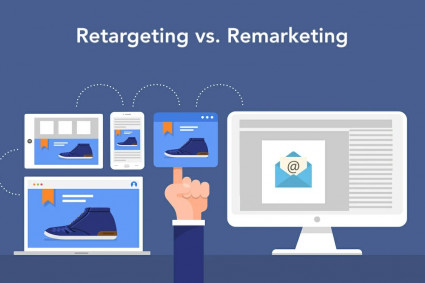
In the competitive digital landscape, it is important to know that image optimization is one of the small business SEO services, Doxyra offers. It is crucial in enhancing your small business website's visibility. Images not only contribute to a visually appealing website but also play a significant role in search engine rankings. In this guide, we'll explore actionable tips on how to optimize images effectively for SEO in small business websites.
1. Choose the Right File Format:
Select the appropriate file format for your images. While JPEG is suitable for photographs and images with many colors, PNG is ideal for images with transparency or simpler graphics. Choose the format that best balances image quality and file size.
2. Compress Images Without Compromising Quality:
Compressing images reduces file sizes, improving website loading times and overall performance. Use compression tools to maintain image quality while minimizing file size. Popular tools include TinyPNG, JPEG-Optimizer, and ImageOptim.
3. Optimize Image File Names:
Rename image files to be descriptive and include relevant keywords. Avoid generic file names like "IMG123.jpg." Instead, use descriptive names like "red-widget-product.jpg" to enhance search engine understanding of your image content.
4. Utilize Alt Text Effectively:
Alt text, or alternative text, is a crucial element for image optimization. Provide descriptive and concise alt text that accurately represents the content and purpose of the image. This not only improves accessibility but also helps search engines understand the context of the image.
5. Employ Descriptive Image Captions:
Captioning images with descriptive text enhances user engagement and provides additional context for search engines. Include relevant keywords in your image captions to reinforce the content's relevance.
6. Implement Responsive Image Design:
Ensure your images are responsive and adapt to different screen sizes. Responsive images improve the user experience on mobile devices, and Google considers mobile-friendliness as a ranking factor.
7. Utilize Image Sitemaps:
Create an image sitemap to provide search engines with additional information about the images on your website. This helps search engines index your images more accurately, potentially leading to improved visibility in image search results.
8. Consider Lazy Loading:
Implement lazy loading to improve page loading times. Lazy loading delays the loading of off-screen images, prioritizing the display of images that are currently in the user's viewport. This enhances user experience and positively influences SEO.
9. Utilize Image Schema Markup:
Implementing image schema markup can provide search engines with additional information about your images, such as subject matter, location, or authorship. This markup can enhance the rich snippets displayed in search results.
10. Balance Image Quality and Page Speed:
Find the right balance between image quality and page speed. While high-quality images are visually appealing, excessively large file sizes can slow down your website. Optimize images to achieve the best compromise between quality and speed.
11. Host Images on a CDN:
Hosting images on a Content Delivery Network (CDN) distributes the load across multiple servers, reducing latency and improving loading times. CDNs enhance the user experience and indirectly contribute to improved SEO.
Optimizing images for SEO in small business websites is a strategic investment that contributes to overall website performance and user satisfaction. By following these tips, small businesses can enhance the visibility of their website in search engine results, provide a better user experience, and ultimately contribute to the success of their online presence. Regularly review and update image optimization practices to align with evolving SEO trends and maintain a competitive edge in the digital landscape.







